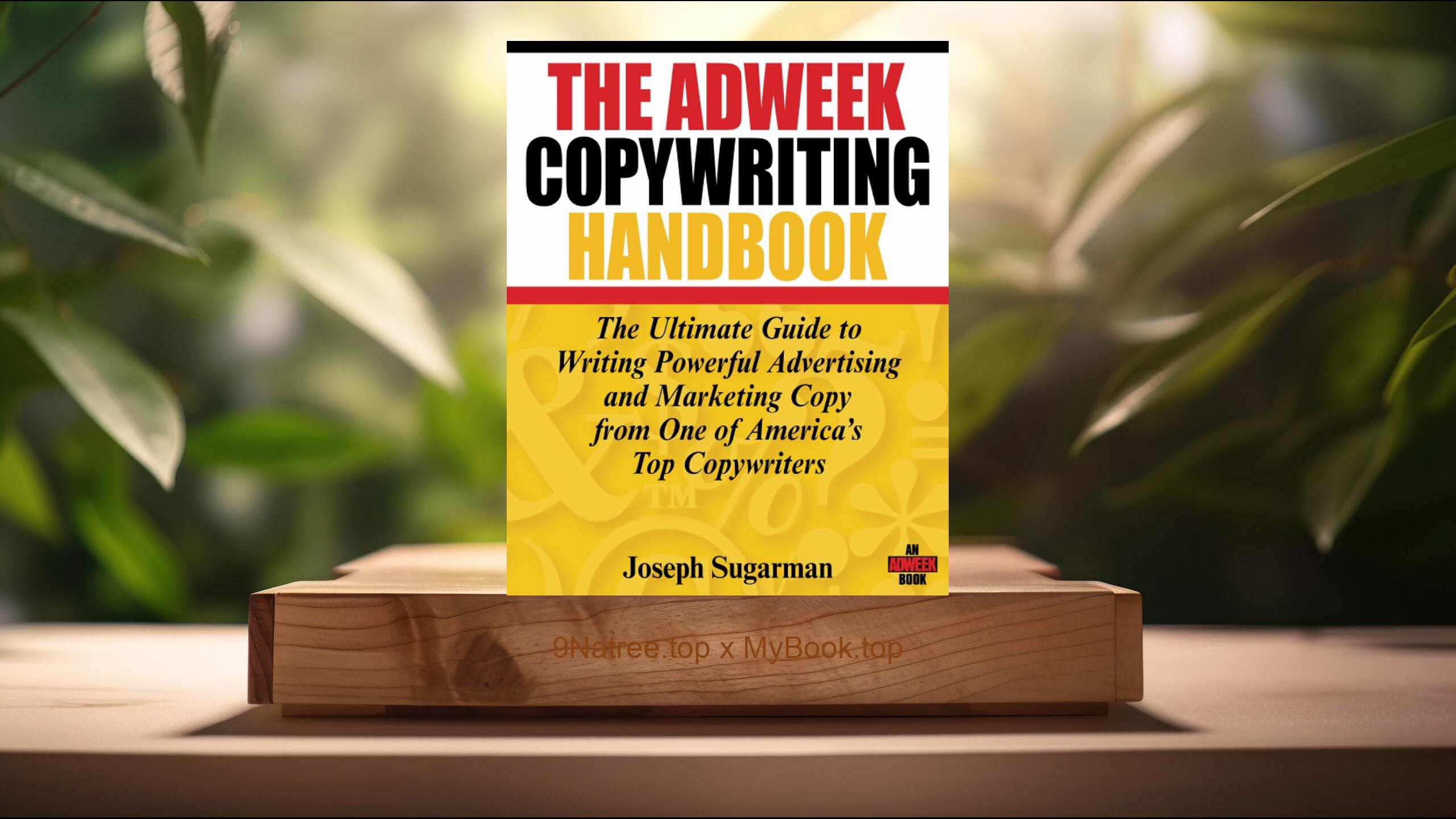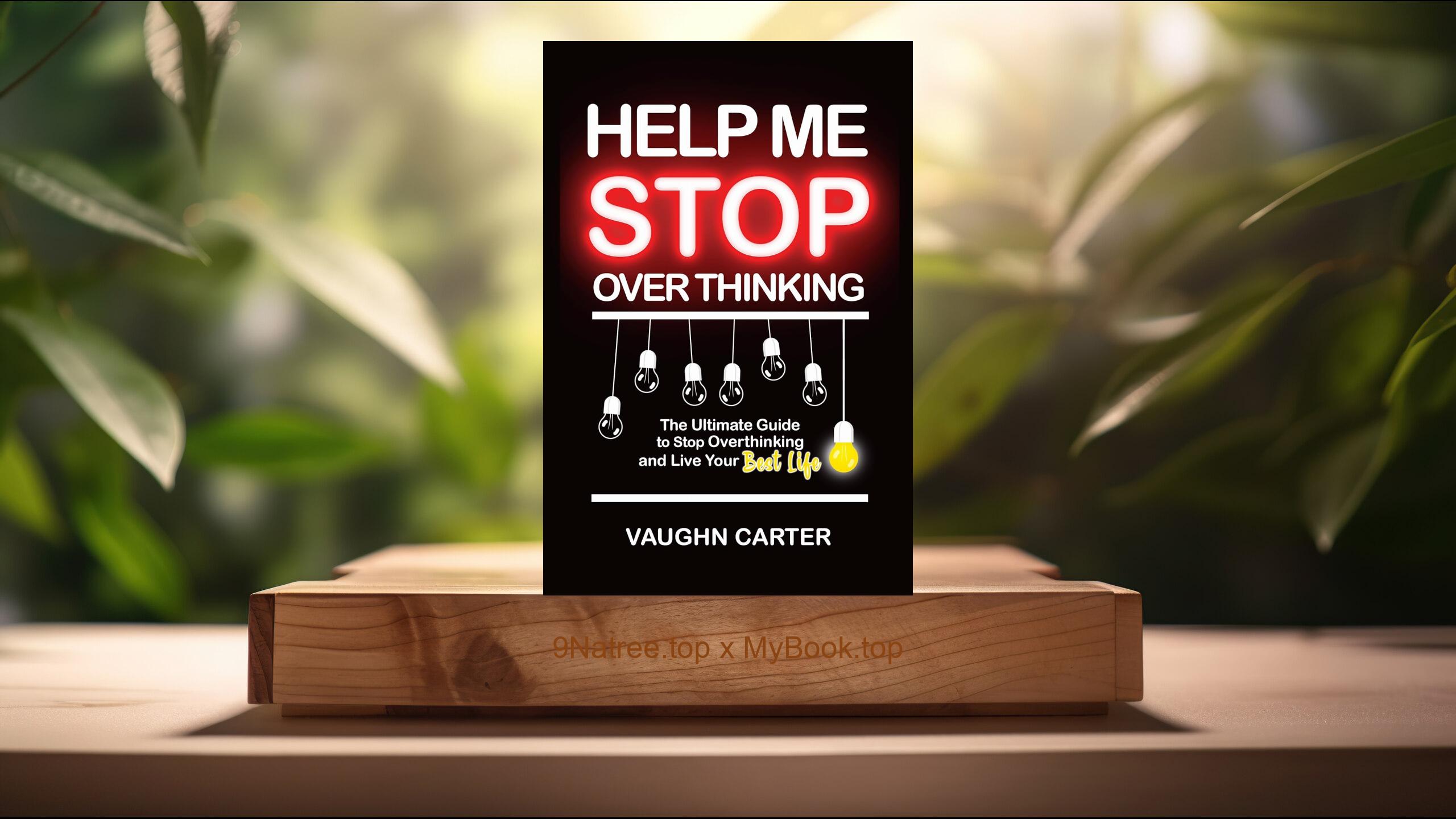Show Notes
- Amazon US Store: https://www.amazon.com/dp/1451686579?tag=9natree-20
- Amazon Worldwide Store: https://global.buys.trade/Contagious-Why-Things-Catch-On-Jonah-Berger.html
- eBay: https://www.ebay.com/sch/i.html?_nkw=Contagious+Why+Things+Catch+On+Jonah+Berger+&mkcid=1&mkrid=711-53200-19255-0&siteid=0&campid=5339060787&customid=9natree&toolid=10001&mkevt=1
- Read more: https://mybook.top/read/1451686579/
#ViralMarketing #SocialInfluence #WordofMouth #ConsumerBehavior #EmotionalEngagement #SocialCurrency #PracticalValue #Contagious
These are takeaways from this book.
Firstly, Social Currency, Social Currency explores how people share things that make them look good to others. Berger explains that people enjoy sharing information that makes them seem entertaining, intelligent, and in the know. This sharing is driven by the desire to maintain and enhance our social standing among our peers. Products or ideas that provide social currency are more likely to be talked about and shared because they contribute to an individual’s personal brand. An intriguing example is how the scarcity or exclusiveness of a product can increase its social currency, leading to more people talking about and wanting it.
Secondly, Triggers, Triggers involves the idea that environmental cues can prompt people to think about related products or ideas. Jonah Berger illustrates that the most effective marketing strategies are those that link products or ideas to common, everyday triggers. This means that sights, sounds, and even smells can remind us of certain products, encouraging us to buy or talk about them. An excellent case Berger mentions is how sales of Mars bars increased when NASA’s Pathfinder mission to Mars was widely covered in the media, showing the powerful impact well-designed triggers can have on consumer behavior.
Thirdly, Emotion, Emotion delves into how emotional engagement drives sharing. Berger points out that content that evokes strong emotions, whether positive or negative, is more likely to be shared. He explains that high-arousal emotions like awe, excitement, amusement, anger, or anxiety can significantly increase people's likelihood to share a story or a piece of information. This concept underscores the importance of creating marketing messages or products that evoke an emotional response to encourage viral sharing.
Fourthly, Public, Public refers to the idea that seeing others engaging with a product or idea makes it more likely for individuals to do the same. This principle is based on the concept of social proof, where people model their behavior on what they perceive others are doing. Visible product use, like Apple’s distinctive white headphones, serves as public signals that others are using and enjoying the product, encouraging more people to adopt it. Berger emphasizes designing products and ideas to be more public and observable, enhancing their spread.
Lastly, Practical Value, Practical Value highlights sharing information that is useful to others. Jonah Berger argues that people share information that they believe will benefit others, like tips, advice, or even deals and discounts. By sharing valuable information, individuals not only help others but also enhance their own social capital. Information with practical value gets shared because it is inherently useful, and thus, marketers should focus on highlighting the utility of their products or ideas to encourage sharing.
![[Review] Contagious: Why Things Catch On (Jonah Berger) Summarized](https://episodes.castos.com/660078c6833215-59505987/images/1857167/c1a-085k3-xx8w0nmdirg4-9nxrxa.jpg)




